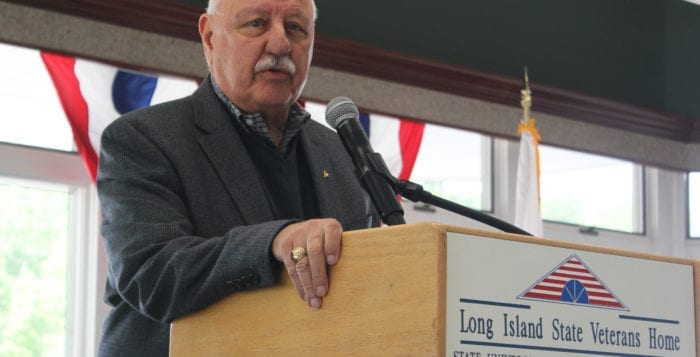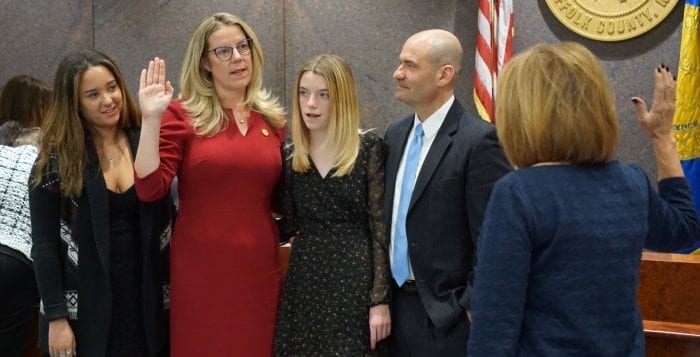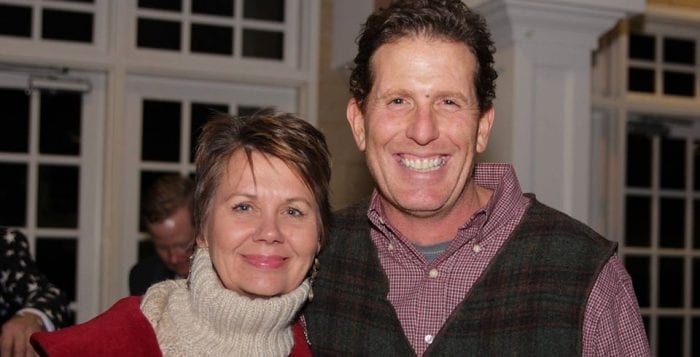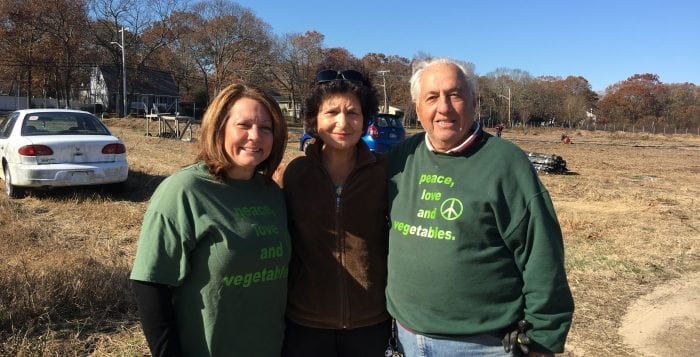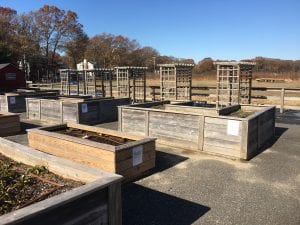Why have you decided this term would be your last?
I don’t know, it just feels right. If I can put in place something at [Stony Brook University], then I can retire knowing we’re in a good place.
I look forward to spending more time with my wife and family, and less time driving on the Thruway.
I would like to do something academic — it’s a way of looking at things through a different lens.
Would you look to work at Stony Brook University?
That would be my choice. I would like to do something that’s always been on my radar — some kind of think tank, look at it in an academic way. My thoughts on generations, what is the difference between one generation to another. We know the events of WWII shaped what was called the greatest generation. But then there are millennials — who are millennials? You’re a millennial [he said, talking to me, a 25-year-old.] How are your thoughts shaped by your generation?
Some have said the climate of partisanship up in Albany has factored into your decision.
My personality has been to not get involved in that kind of stuff, I try to be kind and productive — there’s no doubt things have changed in the Legislature. I think you’ll see more people say it’s not a positive place — that’s how you start to lose good people. People will say, “Who the hell needs this?”
What are your plans for your last year in office?
I want to make sure all the preservation stuff is in place. That’s the kind of thing most near and dear to me. I want to leave things with the university and Brookhaven National Lab in a good place … I’m very focused, it’s always been 1st District first.
Does the preservation you’re talking about include the hundreds of acres over by the Shoreham Nuclear Power Plant?
Yes, absolutely.
What other things are you working with on preservation, what about the university are you currently engaged with?
I want to make sure that work we have started over at the Gyrodyne site keeps moving forward, it’s linked to the economic vitality of the area. I’m meeting with union representatives, talking about the sewage treatment plant, talking about the 8-acre parcel that would go on there. We got to have further discussions about that project.
Do you have any misgivings about the Gyrodyne plans?
I’ve got to have further discussions. I want to make sure I have the opportunity to talk to people at the university, I want to make sure where the sewage treatment plant is going is going to be accepted in the community.
Do you have any advice for whoever ends up taking over the district? What qualities do you feel like the new senator will require?
I will work with that person, whoever it is in November, whatever party. I will try to help them, work with them. No. 1, they’ve got to have an understanding of who they’re representing. There is a large group that thinks the environment is very important. Whoever is going to replace me will have to have that mindset or have a background in it.
It’s a big district, and there have been very few things I have missed. Whoever comes in will have to be very much involved in local events. Just look at Fishers Island, it’s closer to Connecticut, but it’s in the Town of Southold. There are 300 people living there, but you know, those people are just as important as any other part of the 1st District. They need to have an interaction with the people of the district.
I think right now the Senate majority, the Democrats, tend to represent New York City and New York City issues. We need someone who is going to fight for suburban and rural interests.
Though you still have a year left in office, how do you feel the shape of the district is in?
My personality has always been one to get things done. The district will be left in as good of a shape as can be.

